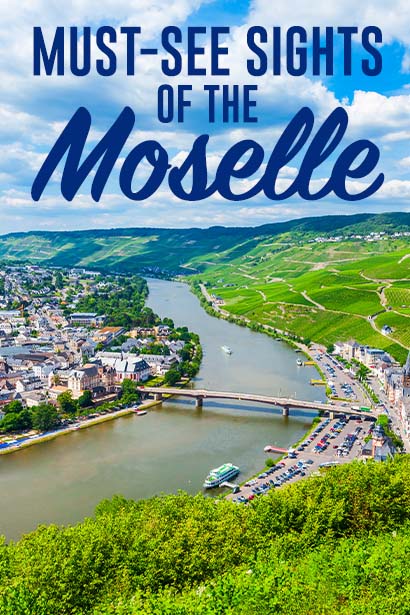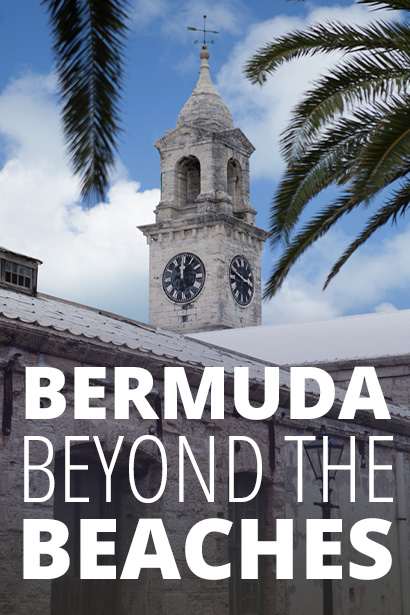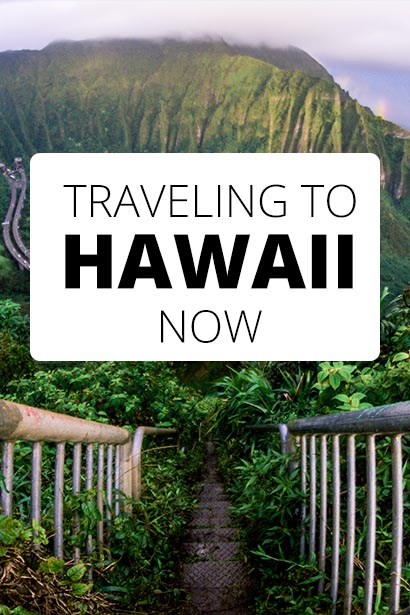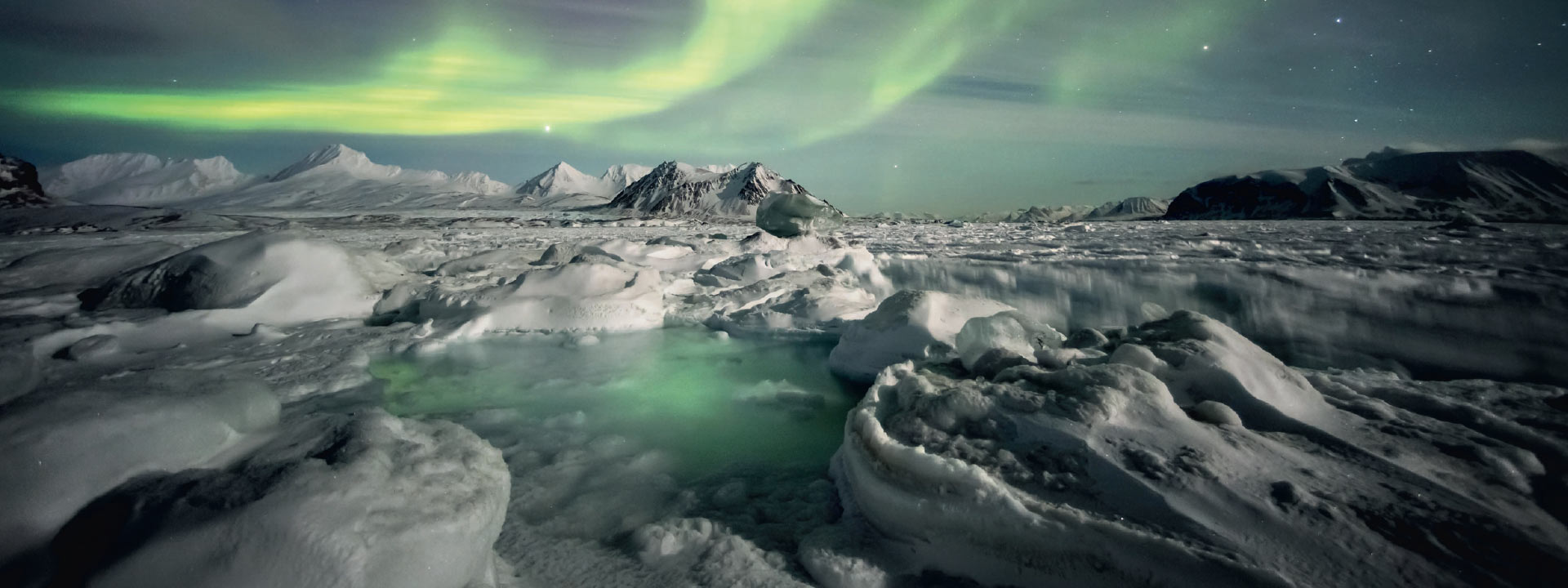
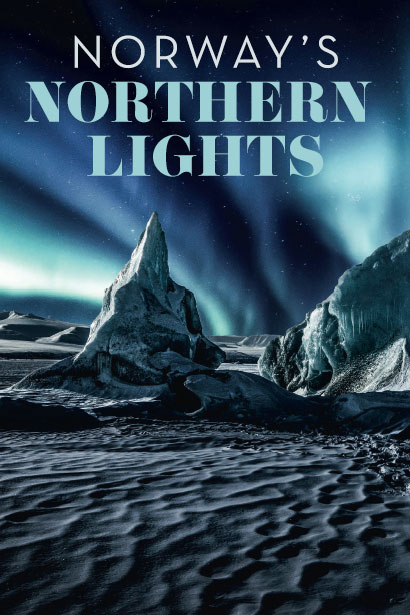
Spirit in the sky
SELECT & REPLACE WITH ANOTHER TEMPLATE
It’s when I hear the hairs-on-end howl of the huskies that I realize I’ve properly arrived in the Arctic. I’ve only been on the island of Spitsbergen in Svalbard for a few hours and already I’m learning the mushing ropes. Even bundled up in thermals, the cold hits me like a crisp left hook: it’s -13 degrees and an icy wind is picking up, filling the air with frosty glitter. At 3 p.m. on a January afternoon, the final flare of a would-be sunset streaks the sky pink and violet. The dog sled swerves suddenly to one side and we nearly topple right into a snowdrift. Panic kicks in as I grip the handlebar tighter, my foot hovering warily above the break. “Trust yourself. Trust the dogs,” my guide Nico Mookhoek tells me, with a casual grin. “But whatever you do, don’t let go — once they’re off, these dogs never stop,” he chuckles. The red-bearded Dutchman fell hard for Svalbard years ago and has made it his adopted home. Being a dog sled guide here is, he confesses, “a dream come true.” I get it. It’s like a dream to me, too.
Buckled mountains rise above the valley, glowing pearl white as twilight creeps in. Tapping into some deeper primal nature, I take Nico’s advice, relaxing into the rhythmic swish and glide and letting the six yapping, howling huskies roped to my sled do what they’re born to do — run. And run we do, swooping down powdery slopes, cresting a rise, picking up speed. I feel as if we’ll take flight any second. The first smudge of stars appears as darkness falls. Frozen wisps of hair escape from my hat, as if I’ve prematurely aged. I’ve been mushing for almost three hours and have lost all sensation in my extremities. Then it happens. The lights. The Northern Lights have come out to play. The sky pulses in a way that both bewitches and unnerves, shifting and gently swaying in greens from another planet, at the northernmost fringes of this one. As the dogs drive on into the night with muffled pants and the skies explode, it’s a moment touched with magic not quite of this world.
SELECT & REPLACE WITH ANOTHER TEMPLATE

Svalbard reindeer
SEEING THE LIGHT
You can hunt for the Northern Lights, but the real beauty is their brilliant unpredictability. In Svalbard, the odds of seeing them from late September to mid-March, however, are excellent. And during the polar night, when the sun is around six degrees below the horizon and it’s dark most of the time, they are sky high, providing conditions are clear and activity is good. Prime time for the lights is ordinarily 6 p.m. to midnight, but Svalbard, being so far north, makes up its own rules with a unique phenomenon: daytime lights with a touch of red as well as green. This is because at midday Svalbard sits right under the aurora oval, which forms a huge ring around the earth’s geomagnetic North Pole. In other ways, too, Svalbard is a world unto itself — one where nature still rules. Just 684 miles of pack ice away from the North Pole, this icy archipelago is home to more polar bears than people. As locals tell me, with a knowing smile, you can’t always see the bears, but you know they are there. At 78 degrees north, Longyearbyen is both the start and end of the road on the island of Spitsbergen. Most of the archipelago’s 2,600 or so residents — a motley crew of scientists, researchers, expedition guides and adventurers who speak multiple languages — live in this former coal-mining settlement on the shores of ice-clogged, mountain-rimmed Adventfjorden. A shuttle bus trundles from the tiny airport into town, but from there it’s dog sled or snowmobile.
Stomping around Longyearbyen, it all feels surprisingly civilized: a sprinkling of brightly painted timber lodges shelter boutique hotels, bars and fancy new-Nordic restaurants. A couple of engaging museums zoom in on Arctic exploration and natural history. But the minute you stray even slightly away from Longyearbyen’s nameless streets, it’s wild out there, with locals strapping guns to their backs just in case a polar bear pops up.
SELECT & REPLACE WITH ANOTHER TEMPLATE

Icebergs on the Jökulsárlón glacial lake volcanic beach, Iceland
INTO THE GREAT WHITE OPEN
The rumble of the snowmobile cuts through the blue morning hush as ice fog rolls off Adventfjorden. Longyearbyen soon fizzles out and beyond lies the unfathomably vast white wilderness of the High Arctic. Far removed from any light pollution, this, I’m told, is where the aurora regularly raves in day and night skies. And a three-night snowmobile expedition properly gets you out there. “Don’t worry, you’ll soon get the knack,” my Norwegian guide Marte Myskja Sæterbø assures me, as I wobble nervously on the snowmobile. “Just stick to the tracks and keep your distance. Lean into the bends and use your body weight for the bends and climbs,” she continues, revving up alongside me as we bounce through a frozen gully, my visor misting up in the cold. Marte is right: what initially seems utterly terrifying quickly becomes intuitive. And I’m soon confident enough to look up and out at the beauty unfurling around me. Rugged, treeless, snowy mountains rise like ruined forts and ships above ice-patterned fjords, black fangs of rock punch above glaciers. Wild Svalbard reindeer bobble the frozen tundra. A quirk of evolution has made this small species of reindeer fast on its feet, allowing it to race at speeds of up to 50 miles per hour and outrun polar bears. Juddering on south through the Reindalen and Grøndalen valleys, the brief day vanishes into a dusk of deepening goldpinks, lilacs and powder blues. When we switch off our engines, silence rings and snow crackles underfoot. In the distance, I see something move in the shadows. I want to believe it’s a polar bear, but it could just be a reindeer. Svalbard locals have a word for these maybe moments: “reinbears.”
The Greenland Sea booms in the inky darkness and a brutally cold wind stings my face as we approach Isfjord Radio, a former 1930s radio and weather station at Kapp Linné. After almost 62 miles in the saddle, cold and tiredness gnaw my bones. But grinding to a halt, this is soon forgotten, as we’re greeted with mugs of hot grog and a welcome party in the heavens. The Northern Lights form a green arc in the vaulted sky, like a temple to the Nordic gods. The lights dance for an hour, maybe more, floating, rippling and holding us in their thrall. In all the excitement, I try to remember the pro photographer tips, grappling with my camera on a tripod and fumbling with frozen fingers to set a long exposure and high ISO. But not even the best photo in the world can capture their ephemeral beauty.
SELECT & REPLACE WITH ANOTHER TEMPLATE

Cross-country skiing
CAMPING IN THE ARCTIC
Back on the snowmobile the next day, we blast east, past frosted mountains that rise in waves and pyramids, and the flint-blue arm of Grønfjorden. These landscapes have little changed since the last Ice Age, making Svalbard a geologist’s fantasy. Its treeless mountains are richly ribboned with strata, and some rocks have been millions of years in the making. Marte points out an Arctic fox that’s swiftly making its way along the fjord’s shores, barely visible in its white camouflage coat. “Most people come to Svalbard for the Northern Lights and snow, but the wildlife you see on Svalbard expeditions is impressive,” she tells me. “Arctic foxes, reindeer, polar bears, walruses and rock ptarmigan can be spotted year-round. In the summer, it’s whale season — minke, blue and fin whales, humpbacks and belugas.”
Leaving the fox to its business, we speed east, past the lonely Soviet-era coal-mining outpost of Barentsburg, its brutalist architecture contrasting dramatically with the pristine surrounds, and north through snow-sculpted valleys to Longyearbyen, where we fill gas tanks before heading north to an Arctic camp for the night. Here, huskies keep watch and tripwires have been laid to warn of approaching polar bears. No sooner have we unrolled sleeping bags and eaten a bowl of reindeer stew than the aurora appears, like a wizard waving a great wand across the sky with elaborate flourishes. I get the same excited heart flutter as if observing them for the first time. With a shapeshifting, mind-bending beauty, the Northern Lights are never the same twice. And even in these Arctic wilds, where the odds are high, seeing them still feels like a stroke of luck. Bed is tempting, but there’s no way I’m missing a second.
SELECT & REPLACE WITH ANOTHER TEMPLATE
